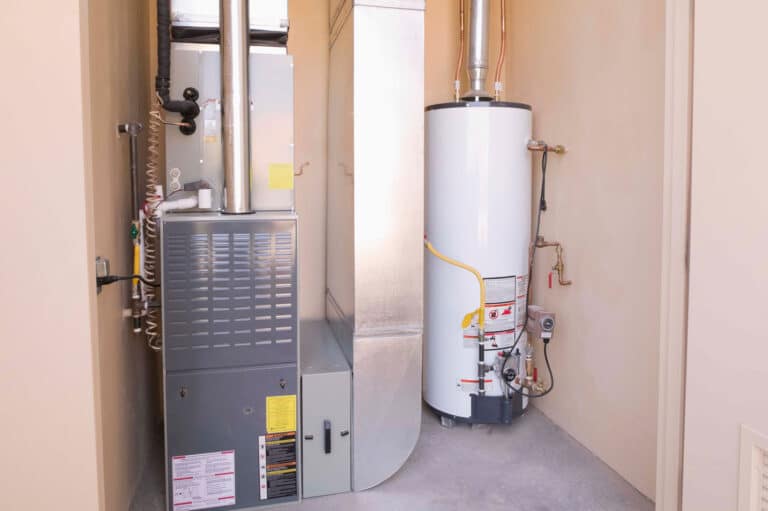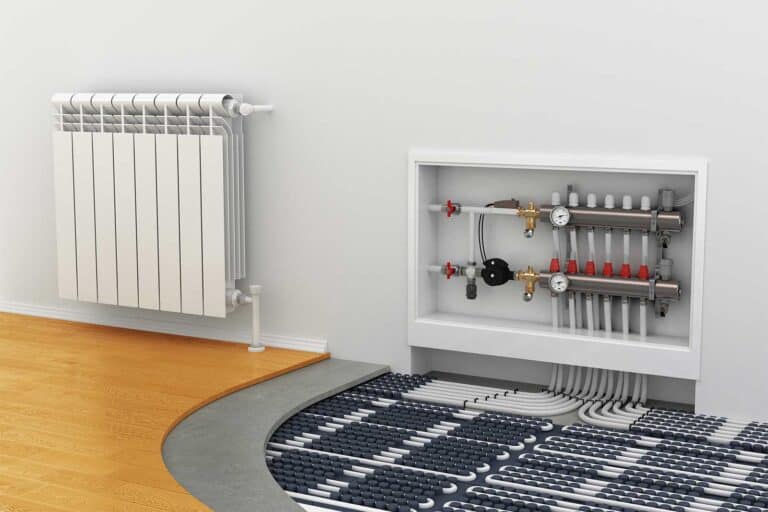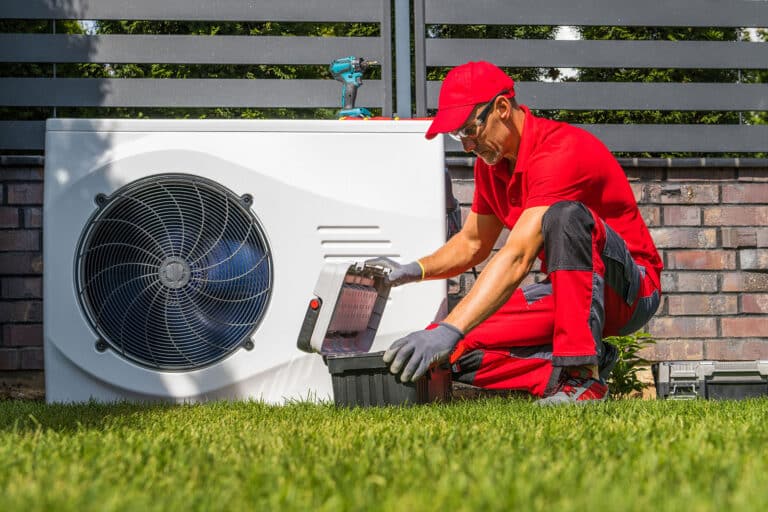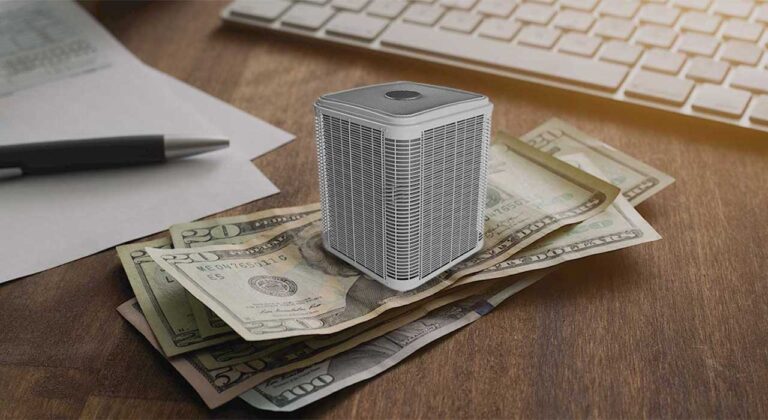Heating Load Calculation for the Right Size of Furnace
In the past, designing HVAC systems for homes was a simple process that often led to oversized systems, resulting in inefficiencies and higher costs. Today, the HVAC industry takes a more nuanced approach, recognizing various factors that affect the heating and cooling requirements of modern, energy-efficient homes. Blue Valley Heating & Cooling in Longmont uses advanced protocols to calculate your home’s specific heating load, ensuring you don’t overpay for a system with more capacity than you need.
Heating Load Calculation
Design Heating Load
The design heating load represents the heat necessary to maintain comfortable indoor temperatures during typical winter conditions for your location. Using the ACCA Manual J (Air Conditioning Contractors of America Residential Load Calculation Manual), Blue Valley’s experts refer to the recommended indoor and outdoor winter temperatures for each U.S. city. This ensures your heating system can keep your home comfortable under standard winter conditions without being oversized.
Extreme Load
Extreme load refers to the heating demand during the coldest temperatures expected in your area. However, it’s not practical to size a furnace solely for these rare extremes. Design load calculations include a 15-20% buffer, allowing for temporary dips in temperature. Additionally, a well-insulated home can retain warmth longer, reducing the immediate impact of colder outdoor temperatures. Since these extreme conditions only happen a few days per year, oversizing for them isn’t cost-effective.
Part Load
Part load is the heating demand required for average daily temperatures before reaching the design temperature. Modern, energy-efficient homes retain heat well due to insulation and air-tight construction. As a result, even smaller furnaces (typically 30,000-40,000 BTU/hr) rarely operate at full capacity, making it important to avoid oversizing, which could lead to inefficiency and higher utility bills.
A skilled HVAC technician will conduct an accurate heating load calculation and consider all three heating loads when recommending furnace capacity. For well-insulated or smaller spaces, alternatives like mini-split heat pumps may be better suited to your heating needs. Whether building a new home or upgrading an older one, Blue Valley Heating & Cooling in Longmont can perform a thorough heating load analysis, recommend the most efficient heating solution, and handle the installation expertly. Our team is dedicated to optimizing your comfort and energy efficiency. Contact us today for a free consultation.






